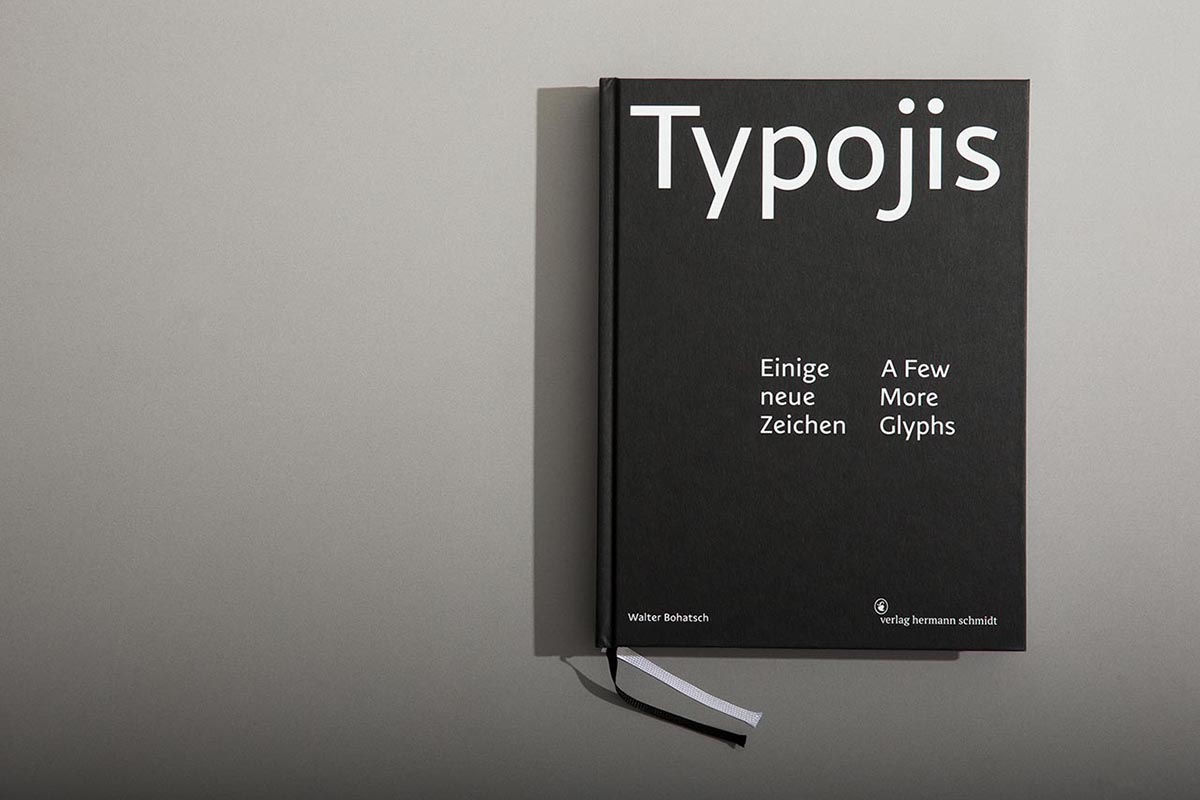Let’s suppose that from the very beginning, as we learned to write, we’d been given a way in which to typographically mark our opinions, statements, and messages with the kinds of additional meanings that are conveyed instantly when speaking face to face. If that had been the case, then dedicated symbols for the semantic qualities that characterize our communication — such as irony, optimism, seduction, skepticism, authority, etc.—would be just as commonsensical and integral to the way we write as it is to use exclamation points or quotation marks.
30 Typojis = 30 Terms
Point to a symbol to find out its meaning.
A combination of casual everyday observations and deliberately paying attention to things has provided us with the present—incomplete—list of terms for feelings that govern and set the tone of direct spoken communication.
Typojis, just like other character sets, adhere to certain parameters: ascender height, x-height, the baseline, and descender height.
30 Terms = 30 Typojis
Point to a term to see the corresponding Typoji.
The Typoji Font
The Typoji font includes over 400 glyphs, enabling it to support Central and Western European languages. The typojis themselves can be accessed via the ligature feature in your word processing or design software.
So if you type +optimism+ with ligatures turned on, your software will insert the typoji for optimism.





















